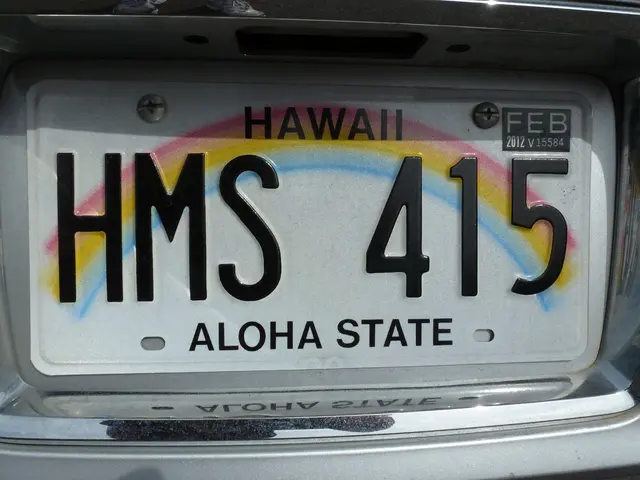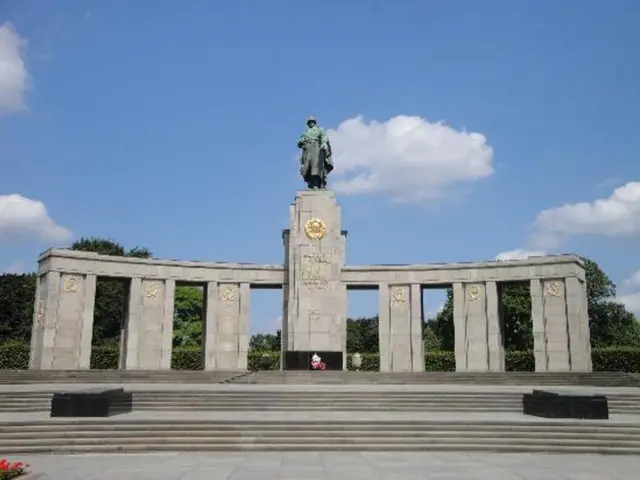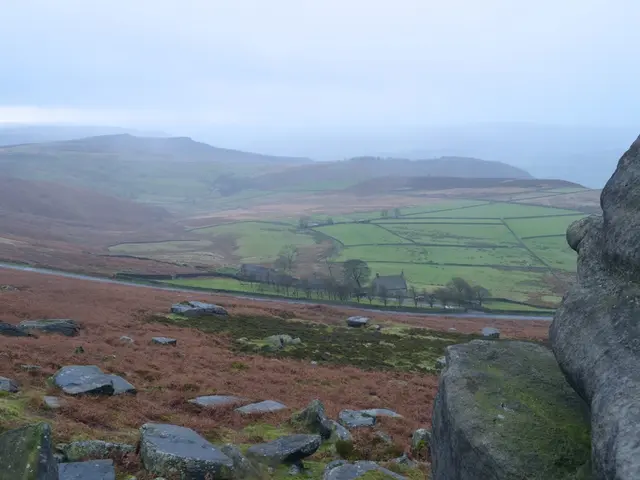Optimal Visiting Times for Iceland: A Guide
Landing in the land of fire and ice is an unforgettable experience, no matter when you go. Whether you're gazing upon a winter wonderland, basking in the verdant greenery against black beaches in summer, or marveling at the northern lights on approach, Iceland offers a visual spectacle like no other. But, to really make the most of your visit, it's essential to pick the right time for the experience you're after.
Choosing the right season will not only shape the appearance of this Nordic paradise between the North Atlantic and Arctic Oceans, but also the entire way you travel. For instance, summer is prime time for whale watching and camping, while winter months offer unique opportunities for Christmas traditions, such as book giving and encounters with the spooky Krampus figure.
To help you plan the perfect Icelandic adventure, here's a breakdown of the best time to visit Iceland for a road trip, camping, city break in Reykjavik, and chasing the elusive northern lights.
Adventuring on the Road
While Iceland can be explored year-round, planning a road trip requires some consideration. Off-road driving is prohibited, and many of the highland roads (F-roads) close during winter (around October to May). If you want to traverse the interior, then summer is the season for you.
The famous Golden Circle Iceland route can be driven all year round. Just decide what kind of conditions and landscapes you'd like to witness while on this route and time your visit accordingly. Keep in mind that the type of vehicle you should rent depends on your itinerary. Larger cars might struggle on some highland roads, so a 4WD would be the best option during summer.
If you're visiting during the winter but not confident in driving in snowy and icy conditions, consider taking a tour instead. Bringing your own car on the ferry from Denmark (also stops at the Faroe Islands) is another option if you're up for a long journey.
Camping Under the Midnight Sun
Iceland is far from cheap, but you can save significant funds by camping. Most people choose the summer months of June, July, and August for camping. During this period, the midnight sun doesn't set for much of the time, so those sensitive to light will need a good eye mask.
Camping in the shoulder seasons offers the chance to see the northern lights, but you'll need a high-quality sleeping bag and tent for these colder conditions. Winter camping is generally not recommended for novice campers unless they are highly experienced and well-prepared.
Wild camping is, in theory, free, but there are plenty of rules to follow, such as avoiding national parks, respecting land ownership, and avoiding off-roading. There are numerous affordable and free designated campsites to choose from, just be prepared to pay €10+ per person per night.
City Break in Reykjavik
Reykjavik is a charming city with a wealth of restaurants, bars, and attractions. It's easy to explore year-round, and has grown in popularity as a destination thanks to short stopover deals offered by various airlines.
Many popular attractions, like the Blue Lagoon, Þingvellir National Park, and numerous waterfalls, are easily accessible from Reykjavik. The mild weather of September makes it a great time for a city break, with fewer crowds compared to the peak summer months. Don't miss the special New Year's Eve celebrations, which can't be found anywhere else in the world.
Chasing the Northern Lights
Everyone wants to catch a glimpse of the aurora borealis, and while it's not just about when you visit, it's also about the weather conditions. The main months to see the northern lights are October through March, and the best hours of the day are generally between midnight and two in the morning. Keep an eye on the forecast for low cloud cover, a solar storm, and the right amount of patience.
Many day tours leave from the city, so be sure to book early in your trip. If you don't see them during your initial visit, there's always next time – Iceland is still one of the world's best islands to visit, even without a glimpse of the northern lights.
From road trips to city breaks, Iceland offers an array of experiences for every traveler. Regardless of the season or activity, the land of fire and ice won't disappoint.
- To fully immerse in Iceland's unique charm while camping under the midnight sun, plan your trip during the summer months such as June, July, and August.
- For an unforgettable city break in Reykjavik, consider visiting in September when the weather is milder and there are fewer crowds compared to the peak summer months.






